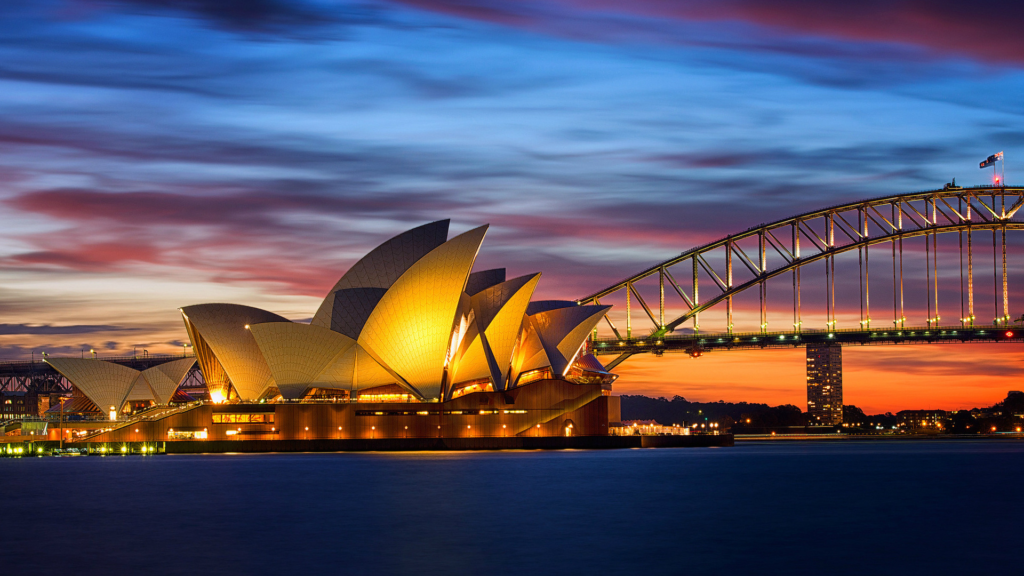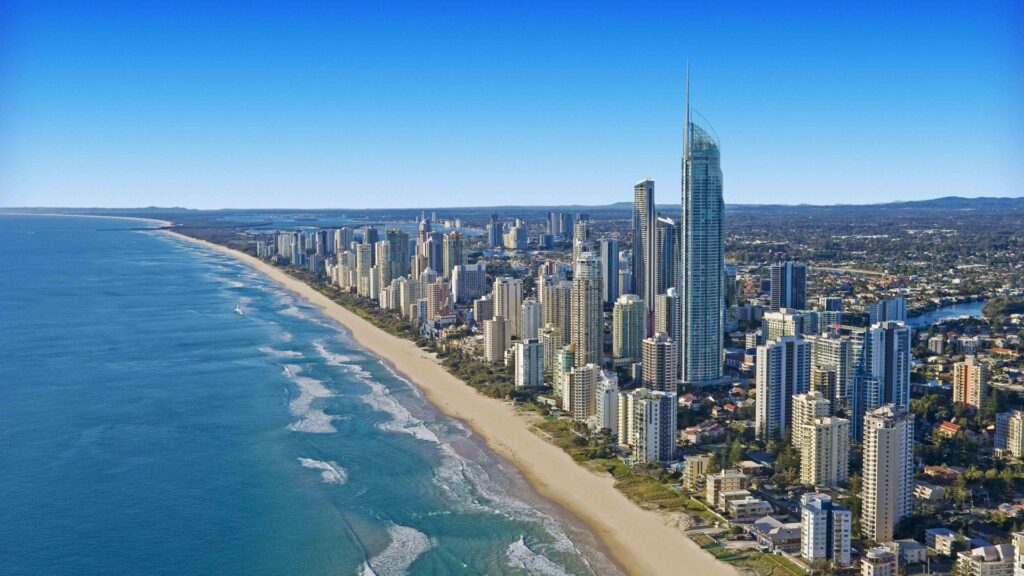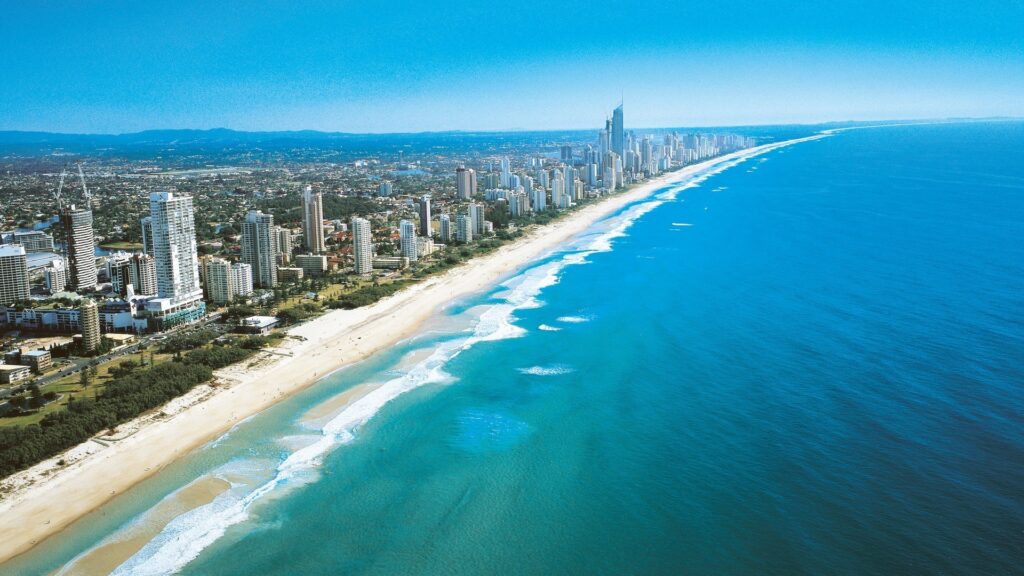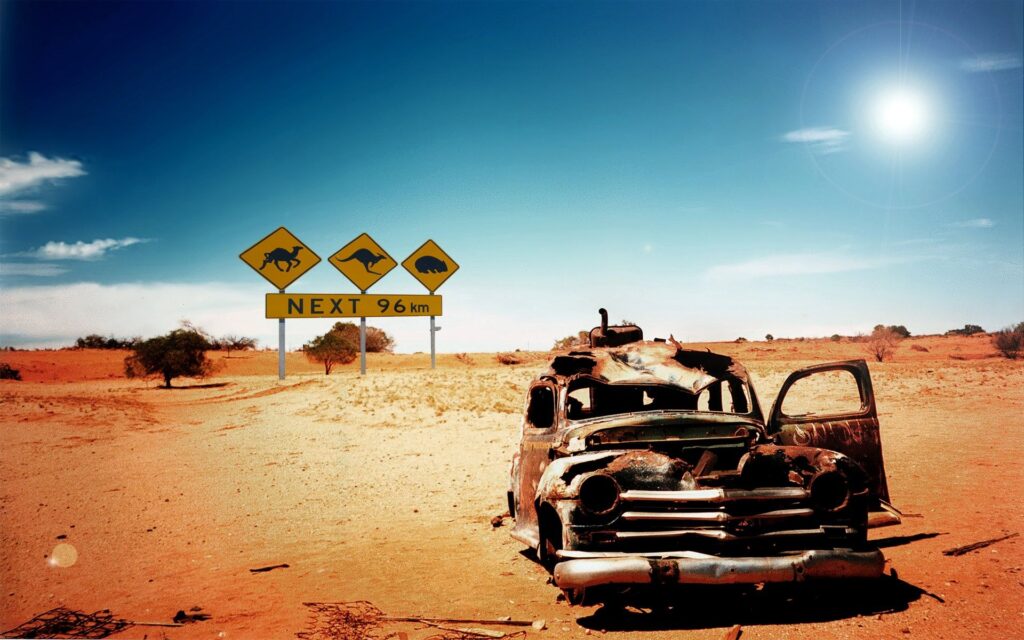The Tiananmen, a gate in the wall of the Imperial City, was built in 1415 during the Ming dynasty. In the 17th century, fighting between Li Zicheng’s rebel forces and the forces of the Manchu-led Qing dynasty caused heavy damage to, or even destroyed, the gate. Tiananmen Square was designed and built in 1651, and has since been enlarged by four times its original size in the 1950s.
Near the centre of the square stood the “Great Ming Gate”, the southern gate to the Imperial City, renamed “Great Qing Gate” during the Qing dynasty, and “Gate of China” during the Republican era. Unlike the other gates in Beijing, such as the Tiananmen and the Zhengyangmen, this was a purely ceremonial gateway, with three arches but no ramparts, similar in style to the ceremonial gateways found in the Ming tombs.
This gate had a special status as the “Gate of the Nation”, as can be seen from its successive names. It normally remained closed, except when the Emperor passed through. Commoner traffic was diverted to side gates at the western and eastern ends of the square, respectively. Because of this diversion in traffic, a busy marketplace, called “Chess Grid Streets”, was developed in the big, fenced square to the south of this gate.
Book Now
Overview
The Tiananmen, a gate in the wall of the Imperial City, was built in 1415 during the Ming dynasty. In the 17th century, fighting between Li Zicheng’s rebel forces and the forces of the Manchu-led Qing dynasty caused heavy damage to, or even destroyed, the gate. Tiananmen Square was designed and built in 1651, and has since been enlarged by four times its original size in the 1950s.
Near the centre of the square stood the “Great Ming Gate”, the southern gate to the Imperial City, renamed “Great Qing Gate” during the Qing dynasty, and “Gate of China” during the Republican era. Unlike the other gates in Beijing, such as the Tiananmen and the Zhengyangmen, this was a purely ceremonial gateway, with three arches but no ramparts, similar in style to the ceremonial gateways found in the Ming tombs.
This gate had a special status as the “Gate of the Nation”, as can be seen from its successive names. It normally remained closed, except when the Emperor passed through. Commoner traffic was diverted to side gates at the western and eastern ends of the square, respectively. Because of this diversion in traffic, a busy marketplace, called “Chess Grid Streets”, was developed in the big, fenced square to the south of this gate.
Important Notes
- All quotes are subject to availability of the hotels. No bookings are made at the time of quoting.
- Confirmation of hotels/services are initiated only upon receiving the formal acceptance of quotes
- Supplement charges may apply – where the quoted hotels are either not available / yielded contracted rates / higher category rooms available
- We recommend you issue flight tickets only after we have confirmed hotel availability, as you may have to change the routing to suit hotel availability
- South African visas may take 5-20 working days, please book early to secure bookings
- All confirmed bookings are liable to cancellation terms for SA360 LH and Hotels
- It is deemed you have read & understood all the terms & conditions of the booking – please click here to view
- You may request a copy of booking terms & conditions via email or contact us for more information.








